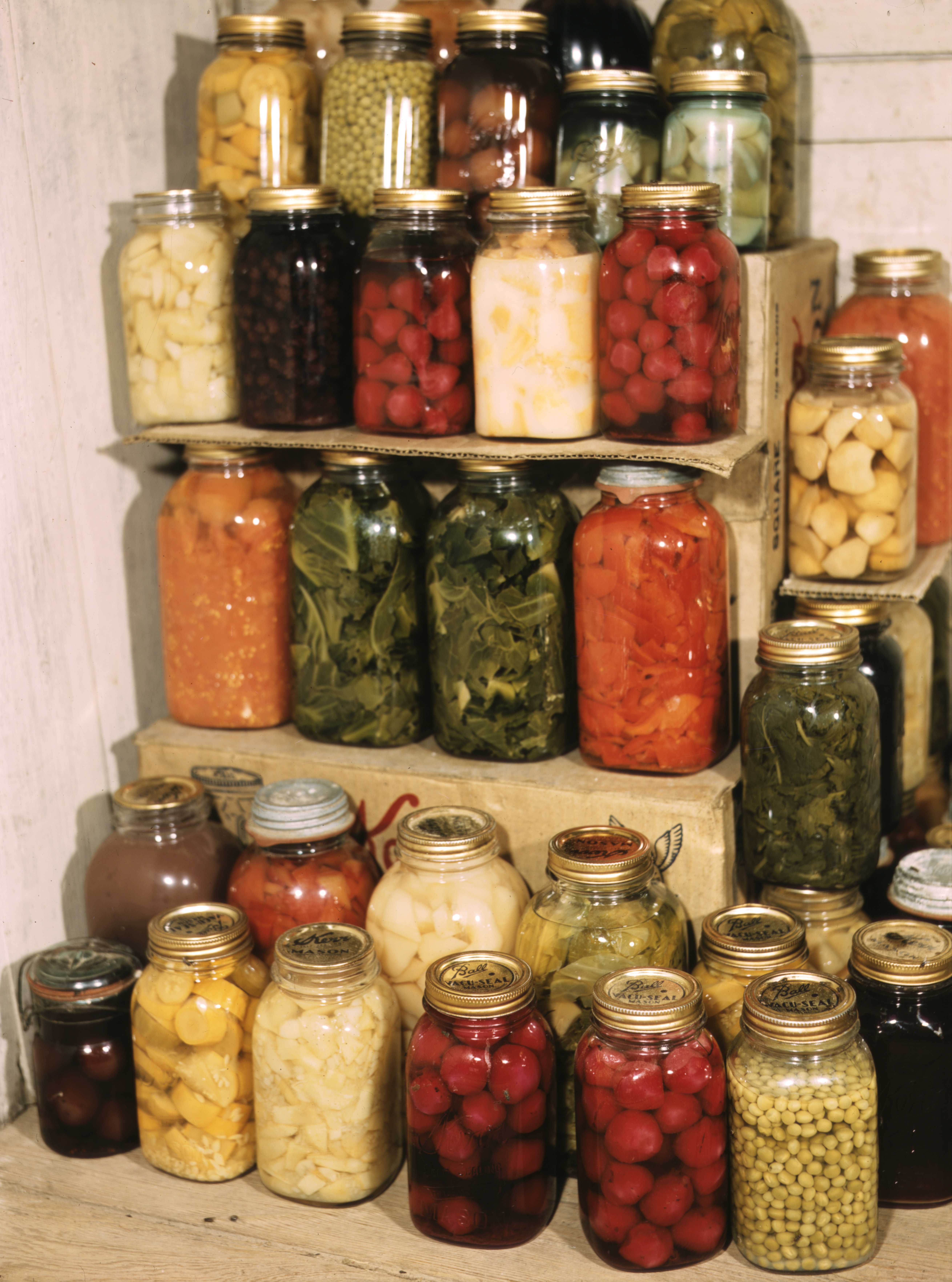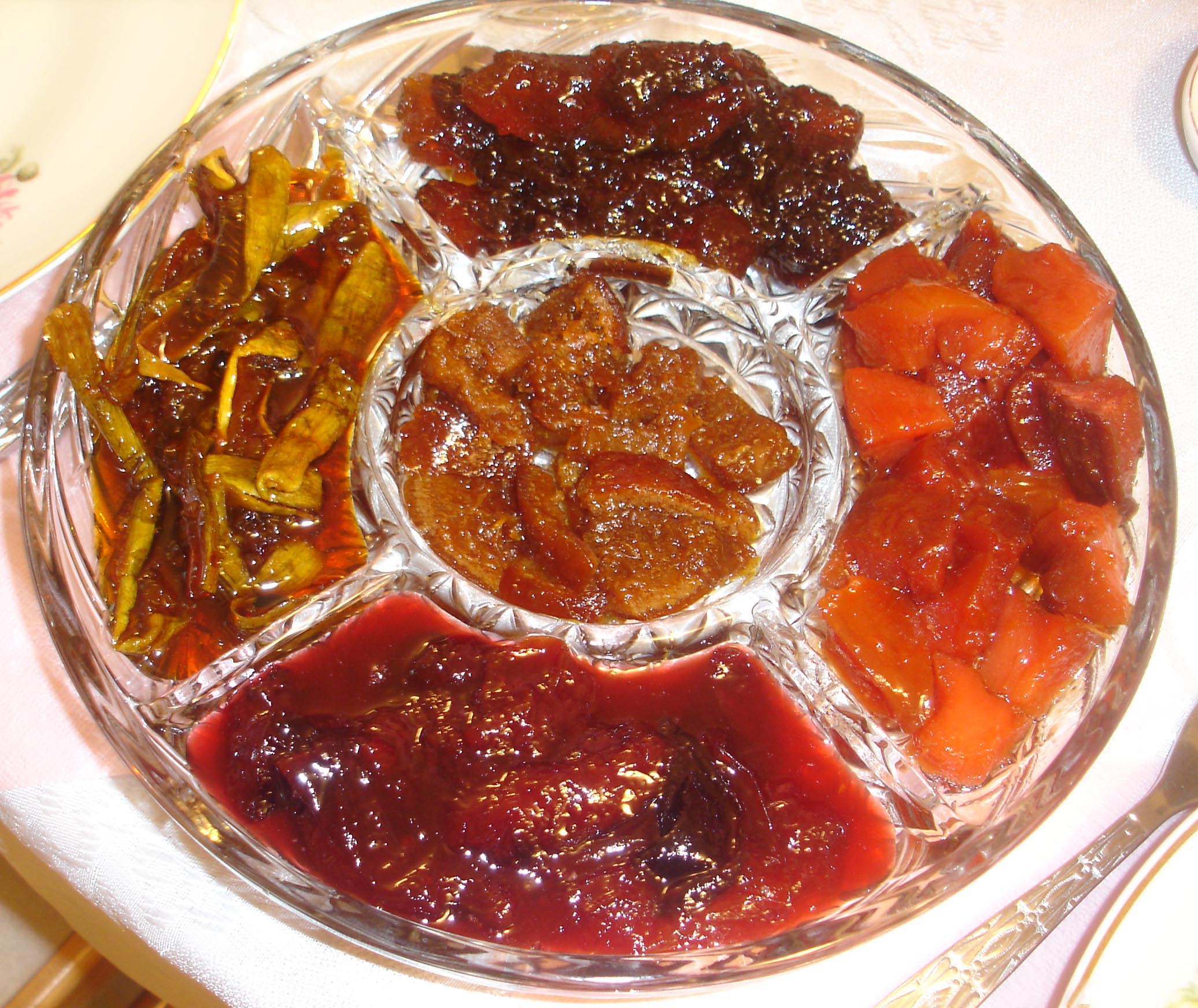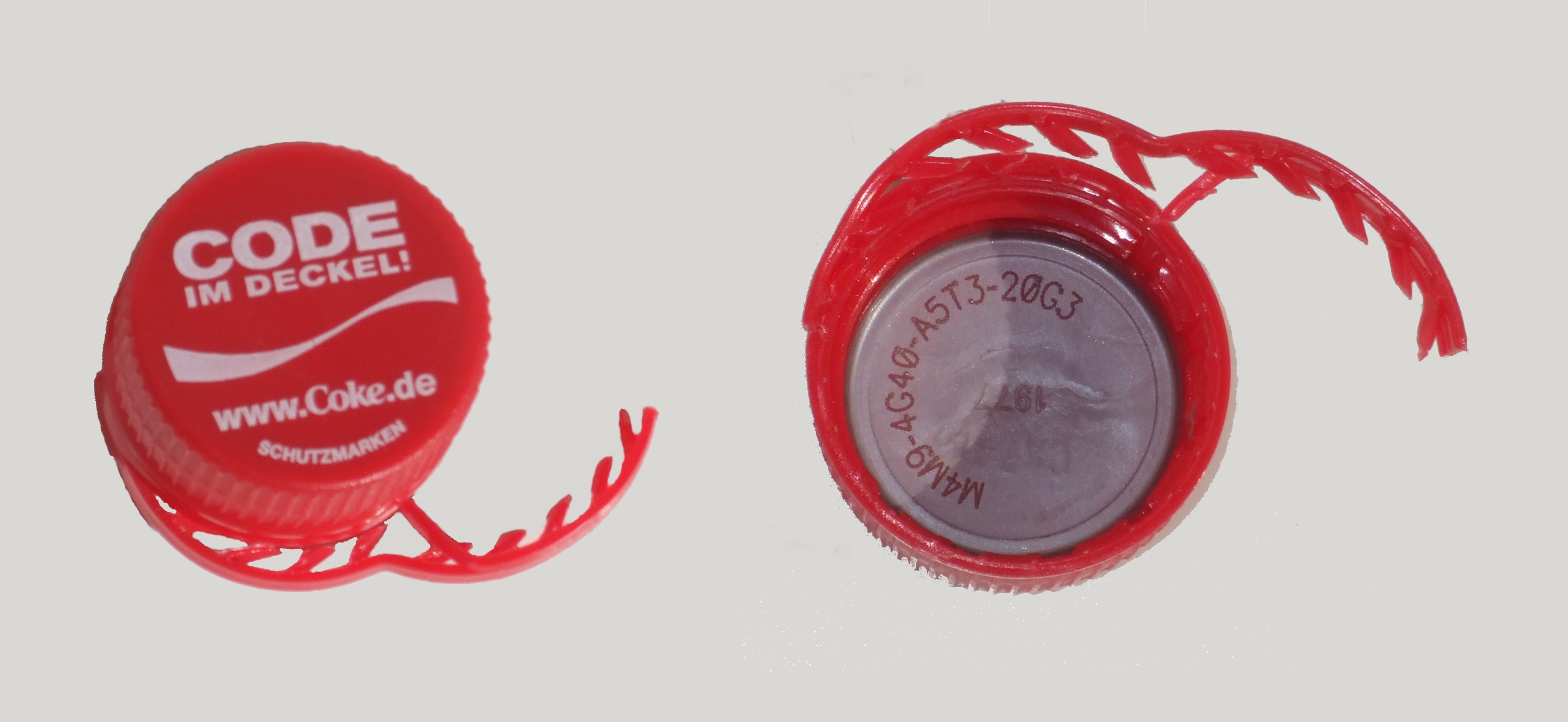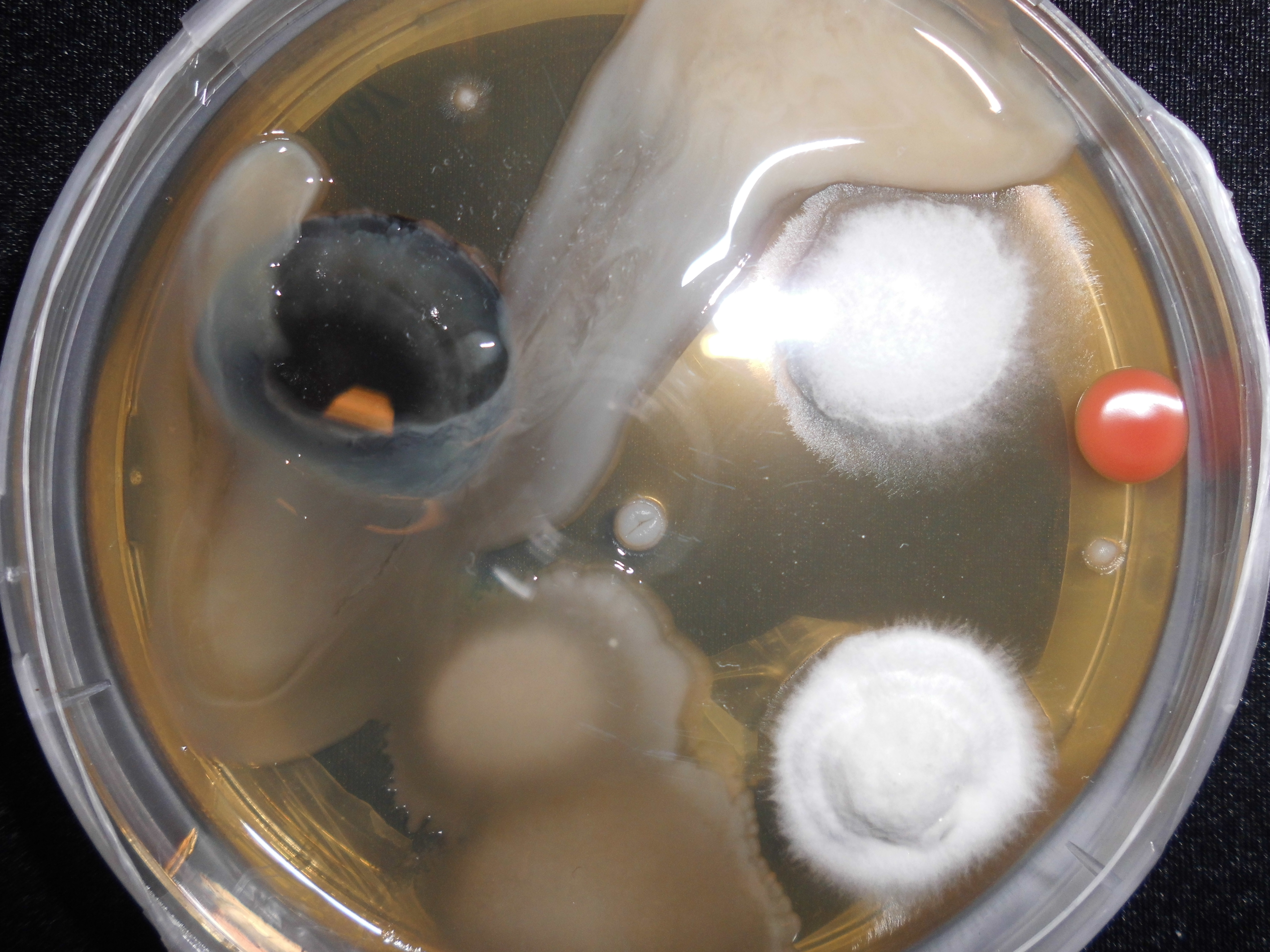|
Jar
A jar is a rigid, cylindrical or slightly conical container, typically made of glass, ceramic, or plastic, with a wide mouth or opening that can be closed with a lid, screw cap, lug cap, cork stopper, roll-on cap, crimp-on cap, press-on cap, plastic shrink, heat sealed lidding film, an inner seal, a tamper-evident band, or other suitable means. Etymology The English word "jar" originates from the Arabic word ''jarra'', which means an earthen pot or vessel. Creation Jars are sterilised by putting them in a pressure cooker with boiling water or an oven for a number of minutes. Glass jars are considered microwavable. Utility Jars can be used to hold solids too large to be removed from, or liquids too viscous to be poured through a bottle's neck; these may be foods, cosmetics, medications, or chemicals. Glass jars—among which the most popular is the mason jar—can be used for storing and preserving items as diverse as jam, pickled gherkin, other pickles, marmal ... [...More Info...] [...Related Items...] OR: [Wikipedia] [Google] [Baidu] |
Mason Jar
A Mason jar, also known as a canning jar or fruit jar, is a glass jar used in home canning to preserve food. It was named after American tinsmith John Landis Mason, who patented it in 1858. The jar's mouth has a screw thread on its outer perimeter to accept a metal ring or "band". The band, when screwed down, presses a separate stamped steel disc-shaped lid against the jar's rim. Mason lost his patent for the jars and numerous other companies started manufacturing similar jars. Over the years, the brand name ''Mason'' became the genericized trademark for that style of glass home canning jar, and the word "Mason" can be seen on many Ball and Kerr brand jars. The style of jar is occasionally referred to by common brand names such as Ball jar (in the eastern US) or Kerr jar (in the western US) even if the individual jar isn't that brand. In early 20th century America, Mason jars became useful to those who lived in areas with short growing seasons. The jars became an essential ... [...More Info...] [...Related Items...] OR: [Wikipedia] [Google] [Baidu] |
Glass
Glass is a non-Crystallinity, crystalline, often transparency and translucency, transparent, amorphous solid that has widespread practical, technological, and decorative use in, for example, window panes, tableware, and optics. Glass is most often formed by rapid cooling (quenching) of the Melting, molten form; some glasses such as volcanic glass are naturally occurring. The most familiar, and historically the oldest, types of manufactured glass are "silicate glasses" based on the chemical compound silicon dioxide, silica (silicon dioxide, or quartz), the primary constituent of sand. Soda–lime glass, containing around 70% silica, accounts for around 90% of manufactured glass. The term ''glass'', in popular usage, is often used to refer only to this type of material, although silica-free glasses often have desirable properties for applications in modern communications technology. Some objects, such as drinking glasses and glasses, eyeglasses, are so commonly made of silicate- ... [...More Info...] [...Related Items...] OR: [Wikipedia] [Google] [Baidu] |
Arabic
Arabic (, ' ; , ' or ) is a Semitic language spoken primarily across the Arab world.Semitic languages: an international handbook / edited by Stefan Weninger; in collaboration with Geoffrey Khan, Michael P. Streck, Janet C. E.Watson; Walter de Gruyter GmbH & Co. KG, Berlin/Boston, 2011. Having emerged in the 1st century, it is named after the Arab people; the term "Arab" was initially used to describe those living in the Arabian Peninsula, as perceived by geographers from ancient Greece. Since the 7th century, Arabic has been characterized by diglossia, with an opposition between a standard prestige language—i.e., Literary Arabic: Modern Standard Arabic (MSA) or Classical Arabic—and diverse vernacular varieties, which serve as mother tongues. Colloquial dialects vary significantly from MSA, impeding mutual intelligibility. MSA is only acquired through formal education and is not spoken natively. It is the language of literature, official documents, and formal writ ... [...More Info...] [...Related Items...] OR: [Wikipedia] [Google] [Baidu] |
Pickled Cucumber
A pickled cucumber (commonly known as a pickle in the United States and Canada and a gherkin in Britain, Ireland, South Africa, Australia, and New Zealand) is a usually small or miniature cucumber that has been pickled in a brine, vinegar, or other solution and left to ferment for some time, by either immersing the cucumbers in an acidic solution or through souring by lacto-fermentation. Pickled cucumbers are often part of mixed pickles. Historical origins It is often claimed that pickled cucumbers were first developed for workers building the Great Wall of China, though another hypothesis is that they were first made in the Tigris Valley of Mesopotamia, using cucumbers brought originally from India. Types Pickled cucumbers are highly popular in the United States and are a delicacy in northern and eastern Europe. Pickled cucumbers are flavored differently in different regions of the world. Brined pickles Brined pickles are prepared using the traditional process o ... [...More Info...] [...Related Items...] OR: [Wikipedia] [Google] [Baidu] |
Fruit Preserves
Fruit preserves are preparations of fruits whose main preserving agent is sugar and sometimes acid, often stored in glass jars and used as a condiment or spread. There are many varieties of fruit preserves globally, distinguished by the method of preparation, type of fruit used, and place in a meal. Sweet fruit preserves such as jams, jellies, and marmalades are often eaten at breakfast with bread or as an ingredient of a pastry or dessert, whereas more savory and acidic preserves made from " vegetable fruits" such as tomato, squash or zucchini, are eaten alongside savory foods such as cheese, cold meats, and curries. Techniques There are several techniques of making jam, with or without added water. One factor depends on the natural pectin content of the ingredients. When making jam with low pectin fruits like strawberries either high pectin fruit like orange can be added, or additional pectin in the form of pectin powder, citric acid or citrus peels. Often the fruit will ... [...More Info...] [...Related Items...] OR: [Wikipedia] [Google] [Baidu] |
Bottle
A bottle is a narrow-necked container made of an impermeable material (such as glass, plastic or aluminium) in various shapes and sizes that stores and transports liquids. Its mouth, at the bottling line, can be sealed with an internal stopper, an external bottle cap, a closure, or induction sealing. Etymology First attested in 14th century. From the English word ''bottle'' derives from an Old French word ''boteille'', from vulgar Latin ''butticula'', from late Latin ''buttis'' ("cask"), a latinisation of the Greek βοῦττις (''bouttis'') ("vessel"). Types Glass Wine The glass bottle represented an important development in the history of wine, because, when combined with a high-quality stopper such as a cork, it allowed long-term aging of wine. Glass has all the qualities required for long-term storage. It eventually gave rise to "château bottling", the practice where an estate's wine is put in a bottle at the source, rather than by a merchant. Prior to ... [...More Info...] [...Related Items...] OR: [Wikipedia] [Google] [Baidu] |
Pressure Cooking
Pressure cooking is the process of cooking food under high pressure steam and water or a water-based cooking liquid, in a sealed vessel known as a ''pressure cooker''. High pressure limits boiling, and creates higher cooking temperatures which cook food far more quickly. The pressure cooker was invented in the seventeenth century by the physicist Denis Papin, and works by expelling air from the vessel, and trapping steam produced from the boiling liquid. This is used to raise the internal pressure up to one atmosphere above ambient and gives higher cooking temperatures between . Together with high thermal heat transfer from steam it permits cooking in between a half and a quarter the time of conventional boiling. Almost any food that can be cooked in steam or water-based liquids can be cooked in a pressure cooker. Modern pressure cookers have numerous safety features to prevent the pressure cooker from holding too much pressure. After cooking, the steam pressure is lowered bac ... [...More Info...] [...Related Items...] OR: [Wikipedia] [Google] [Baidu] |
Screw Cap
A screw cap or closure is a common type of closure for bottles, jars, and tubes. Usage A screw closure is a mechanical device which is screwed on and off of a "finish" on a container. Either continuous threads or lugs are used. It must be engineered to be cost-effective, to provide an effective seal (and barrier), to be compatible with the contents, to be easily opened by the consumer, often to be reclosable, and to comply with product, package, and environmental laws and regulations. Some closures need to be tamper resistant and have child-resistant packaging features. A tamper-evident band is a common tamper warning for screw caps of bottles, for example. Wine industry Screw caps' use as an alternative to cork for sealing wine bottles is gaining increasing support. A screw cap is a metal cap that screws onto threads on the neck of a bottle, generally with a metal skirt down the neck to resemble the traditional wine capsule ("foil"). A layer of plastic (often PV ... [...More Info...] [...Related Items...] OR: [Wikipedia] [Google] [Baidu] |
Sterilization (microbiology)
Sterilization refers to any process that removes, kills, or deactivates all forms of life (particularly microorganisms such as fungi, bacteria, spores, and unicellular eukaryotic organisms) and other biological agents such as prions present in or on a specific surface, object, or fluid. Sterilization can be achieved through various means, including heat, chemicals, irradiation, high pressure, and filtration. Sterilization is distinct from disinfection, sanitization, and pasteurization, in that those methods reduce rather than eliminate all forms of life and biological agents present. After sterilization, an object is referred to as being sterile or aseptic. Applications Foods One of the first steps toward modernized sterilization was made by Nicolas Appert, who discovered that application of heat over a suitable period slowed the decay of foods and various liquids, preserving them for safe consumption for a longer time than was typical. Canning of foods is an extension ... [...More Info...] [...Related Items...] OR: [Wikipedia] [Google] [Baidu] |
Jalapeño
The jalapeño ( , , ) is a medium-sized chili pepper pod type cultivar of the species ''Capsicum annuum''. A mature jalapeño chili is long and hangs down with a round, firm, smooth flesh of wide. It can have a range of pungency, with Scoville heat units of 4,000 to 8,500. Commonly picked and consumed while still green, it is occasionally allowed to fully ripen and turn red, orange, or yellow. It is wider and generally milder than the similar Serrano pepper. History and etymology The jalapeño is variously named ''huachinango'', for the ripe red jalapeño, and ''chile gordo'' (meaning "fat chili pepper") also known as ''cuaresmeño.'' The name ''jalapeño'' is Spanish for "from Xalapa", the capital city of Veracruz, Mexico, where the pepper was traditionally cultivated. The name ''Xalapa'' is itself of Nahuatl origin, formed from roots ''xālli'' "sand" and ''āpan'' "water place". Genetic analysis of ''Capsicum annuum'' places jalapeños as a distinct genetic clade ... [...More Info...] [...Related Items...] OR: [Wikipedia] [Google] [Baidu] |
Tamper-evident Band
A tamper-evident band or security ring serves as a tamper resistant or tamper evident function to a screw cap, lid, or closure. The term ''tamper-proof'' is sometimes used but is considered a misnomer given that pilfering is still technically possible. A security band can be integral with the cap or can be a separate package component. It is a plastic or metal structure around the circumference (usually) of the closure that is often found attached below a closure in bottles, jars, and tubs. Several variations have been developed for caps, lids, and closures. The use of custom printing and security printing is available. Perforations or other areas of weakness are often used to initiate and control a tear. Sometimes engineered frangibility is used for break-away functions. While tamper-evident bands are not considered a challenge for recycling, it is important that the band stays attached to the cap in case of refillable bottles, because it is hard to remove t ... [...More Info...] [...Related Items...] OR: [Wikipedia] [Google] [Baidu] |
Marmalade
Marmalade is a fruit preserve made from the juice and peel of citrus fruits boiled with sugar and water. The well-known version is made from bitter orange. It is also made from lemons, limes, grapefruits, mandarins, sweet oranges, bergamots, and other citrus fruits, or a combination. Citrus is the most typical choice of fruit for marmalade, though historically the term has often been used for non-citrus preserves.Maguelonne-Samat, (Anthea Bell, tr.) ''A History of Food'' 2nd ed. 2009, p. 507 The preferred citrus fruit for marmalade production is the Spanish Seville or bitter orange, ''Citrus aurantium'' var. ''aurantium'', prized for its high pectin content, which sets readily to the thick consistency expected of marmalade. The peel imparts a bitter taste. The word "marmalade" is borrowed from the Portuguese , from 'quince'. Unlike jam, a large quantity of water is added to the fruit in a marmalade, the extra liquid being set by the high pectin content of the fruit. ... [...More Info...] [...Related Items...] OR: [Wikipedia] [Google] [Baidu] |









